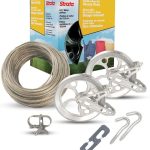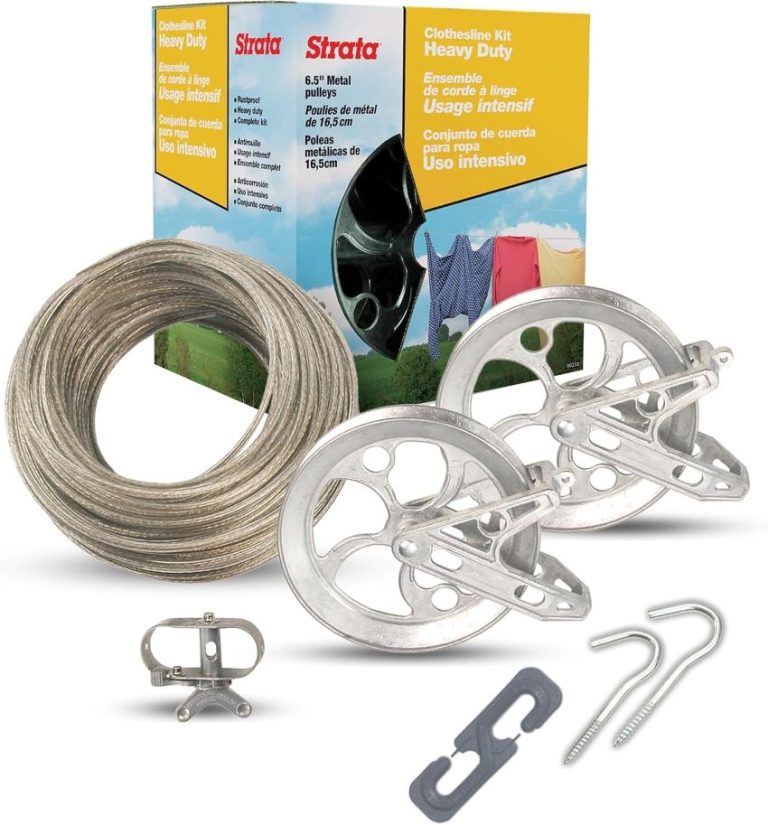Silicone roof sealant is a cost-effective way to fix a leaking roof. While it won’t solve structural damage, it is quick and easy to install, particularly on unusual roof designs.
What is silicone roof sealant? It is a versatile, cost-effective solution for your next roof repair. Let’s look at the pros and cons of using it and whether there are alternatives that do a better job.
![]()
Understanding roof sealant
According to Forbes Home, roof sealant creates a protective barrier around chimneys or flashing and can be used to seal any cracks and gaps in your roof.
Taking the time to apply sealant could be the difference between a watertight repair and thousands of pounds of damage.
The pros and cons of silicone roof sealant
Silicone roof sealant is the go-to for most roofing contractors. It is versatile, durable, and great for filling roof cracks on non-porous surfaces.
Silicone also resists extreme temperature changes without cracking and forms a moisture- and UV-resistant seal. As a result, you could extend the lifespan of your roof from 15 to 20 years.
![]()
Silicone also has its drawbacks. It is an expensive way to treat larger roofs and silicone roof sealants with a high level of solvents can start to shrink, making for an ineffective repair.
Silicone adhesion on porous materials can also be poor, making it unsuitable for materials such as tiles and roofing felt. It can be difficult to apply, and the smell can be offensive. Silicone roof sealant requires a long drying time and is virtually impossible to paint over.
Alternatives to silicone roof sealant
What are the alternatives? A new breed of hybrid sealants from specialists such as https://www.ct1.com/product-applications/ct1-the-ultimate-roof-sealant/ may be a better choice. These sealants have excellent adhesion, even when applied underwater, and give premium results when bonding anything from flashing to brick.
The flexibility of hybrid sealant means it moves with the materials it is applied to, preventing cracks and leaks. If you are looking for the ultimate roof sealant, it could be time to ditch the silicone and research the alternatives for perfect results.














+ There are no comments
Add yours